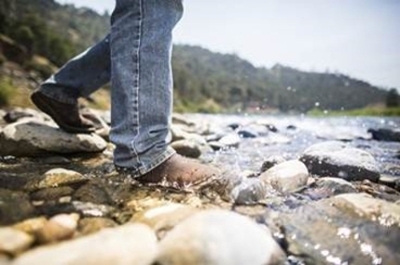Creating a Living Laboratory
California redwoods. Residents and visitors alike assume that these iconic trees always will stand tall in their unique, sublime way. UC Santa Cruz biologist Barry Sinervo, however, wonders whether climate change will harm these trees, and California’s natural environment, sooner than we think.
With a $1.9 million grant from the President’s Research Catalyst Award, a new initiative launched in 2014 by President Napolitano, Sinervo is leading the UC-wide Institute for the Study of Ecological and Evolutionary Climate Impacts—a climate change living laboratory.
The Institute uses the 39-site UC Natural Reserve system, which spans California’s diverse landscape, as an observatory to measure the effects of climate change and forecast future impacts.
Local residents are a critical part of this effort. The Institute’s Citizen Science Program includes community members as scientists. For example, they log flowering events, the timing of which is one indicator of how climate might be changing.
This coordinated approach is ideal. As Sinervo points out, “The insights that can be gained will transform our understanding of climate change.” Once the impacts are better understood, the Institute’s findings will inform public policy and help policymakers figure out how to protect California’s species.
Explore All Catalyst News about Creating a Living Laboratory
